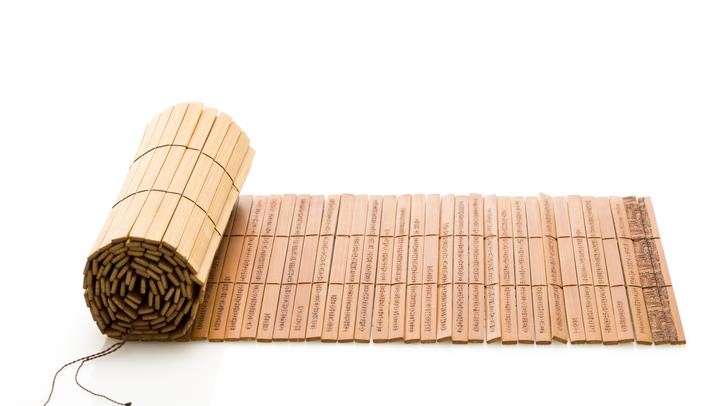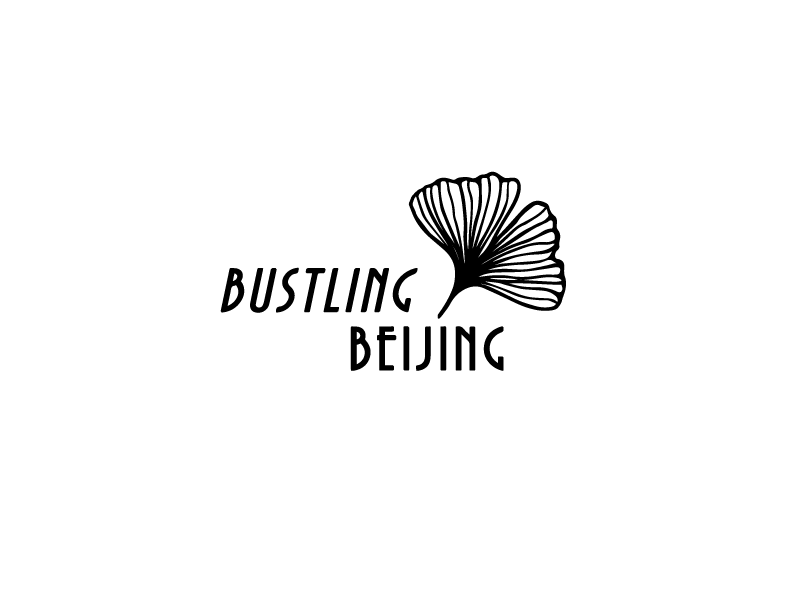Bamboo – the most Chinese of Plants
Use
The use of bamboo dates back around 7000 years, as archaeological finds indicate. Already then, people in Southeast Asia cultivated, harvested and used this grass for a variety of purposes.
Representations on clay vessels give a clear hint that bamboo was already widely used. The character Zhu(竹) for bamboo is found on clay shards way back in the time of the Neolithic Yang Shao culture.
In the Shang dynasty nearly 4000 years ago, it found widespread use as food, building material, for the production of clothing and in the field of art for the construction of musical instruments and – how could it be otherwise – also for the construction of weapons.
Irrigation
As braiding material, it can also be traced back thousands of years. The method of filling braided bamboo baskets with stones and soil and using them as a base for dams and irrigation systems was already widespread in eastern China at the time when the Ancient Egyptians built their own culture along a mighty river.

Its use as a water pipe is likely almost as old.
Archaeologists are sure that ancient Chinese invented a kind of bamboo drill early on, in which the hollow pipe could be driven through the hardest material.
A technique that we know today from oil production, but which only came to the West in the 19th century is based on a similar use. Findings show that early Han dynasty engineers drilled a well in what is now Sichuan province some 2,000 years ago by using bamboo pipes to drill a 1,600-metre-deep hole. Could easily have been the deepest hole to date and for almost 2000 years to come.
Paper
For a long time, bamboo was used as the preferred writing surface. Unlike paper, silk or parchment, its shape demanded a certain way of writing on it.
Books made of bamboo? Easy. First, the giant grass was cut into strips and these were then combined into some kind of scroll. This type of books is called “Zhu Jian (竹简)”

The result was a fairly durable and easy-to-transport book. However, it was often written from top to bottom because one needs a continuous surface to write more than a few characters. The earliest specimens discovered so far date back to the time of the Warring Kingdoms in the 5th century BC.
At the same time, a technique was developed to produce bamboo paper. The bamboo was gutted, and the marrow was stamped until you got a fibrous mash.
This was then used to make paper. Three tons of bamboo yielded approximately one ton of mash. Even today, bamboo paper is appreciated by many calligraphers and artists for its special qualities.

